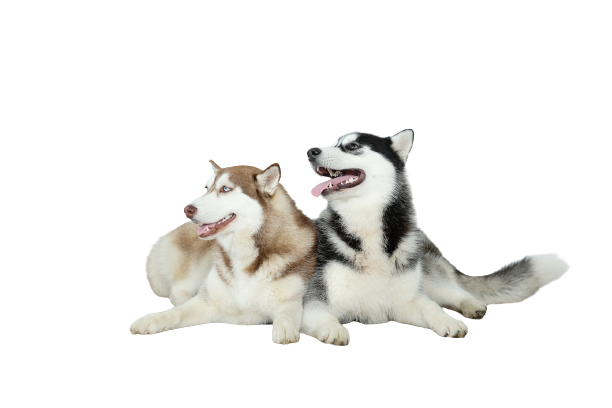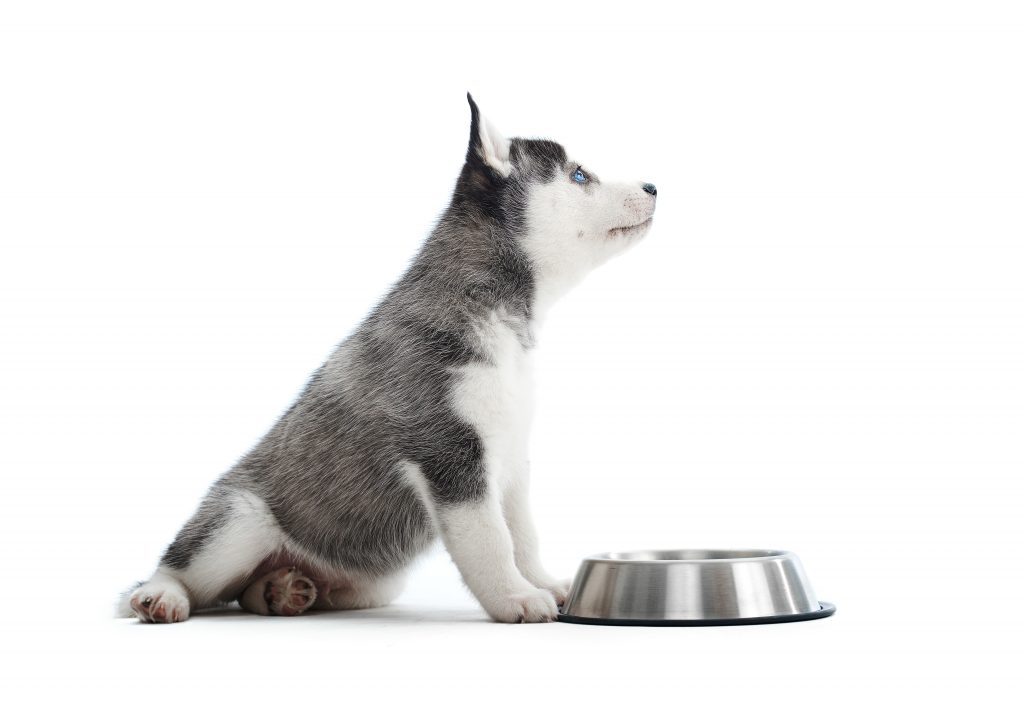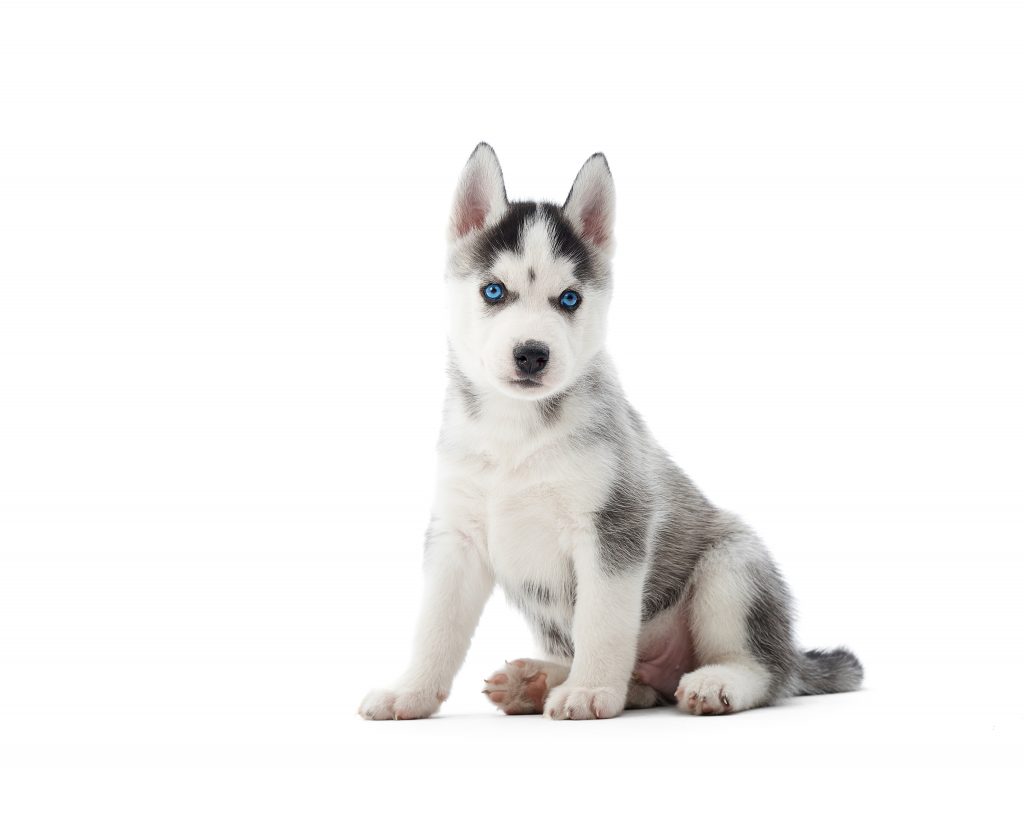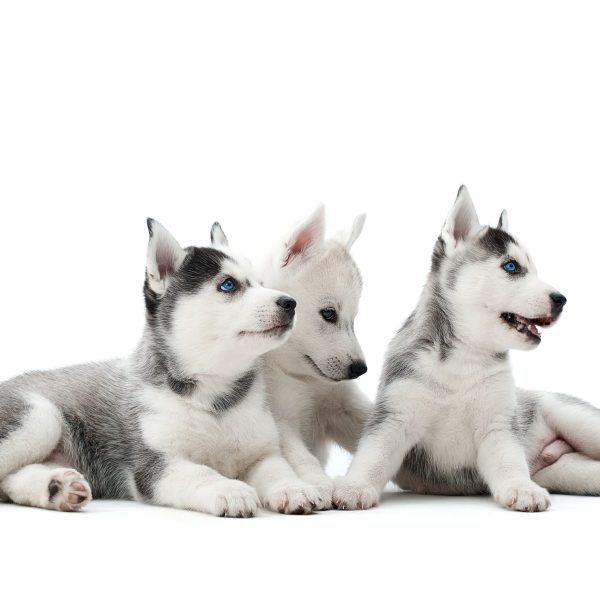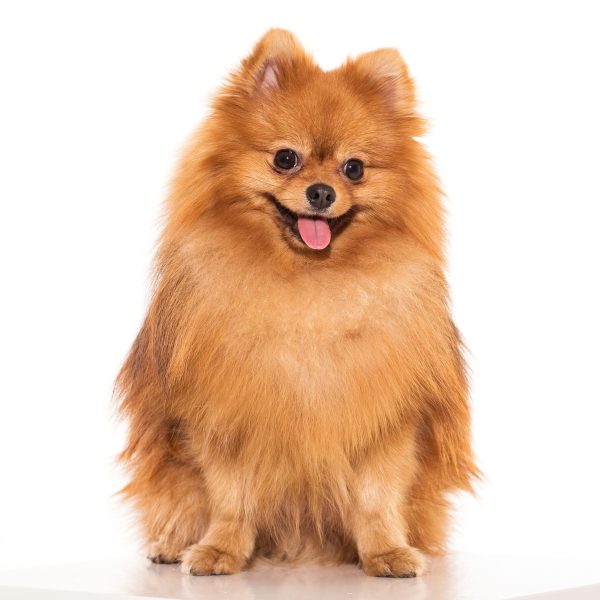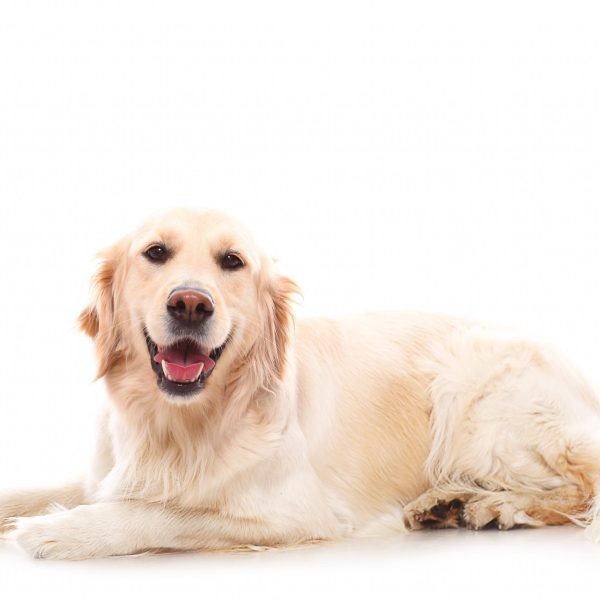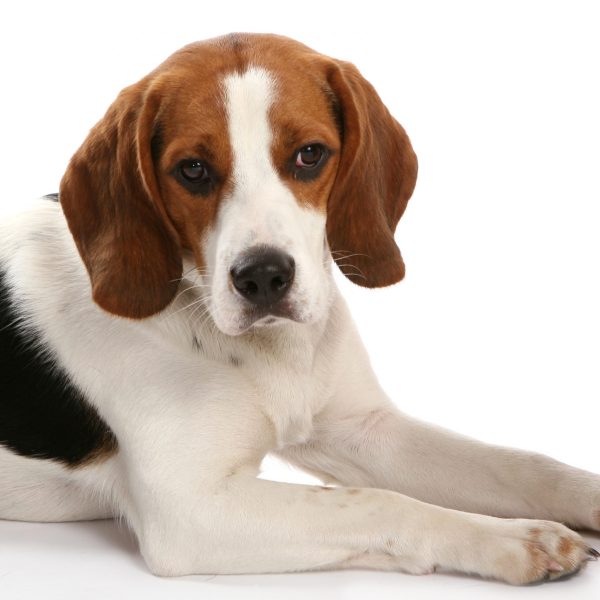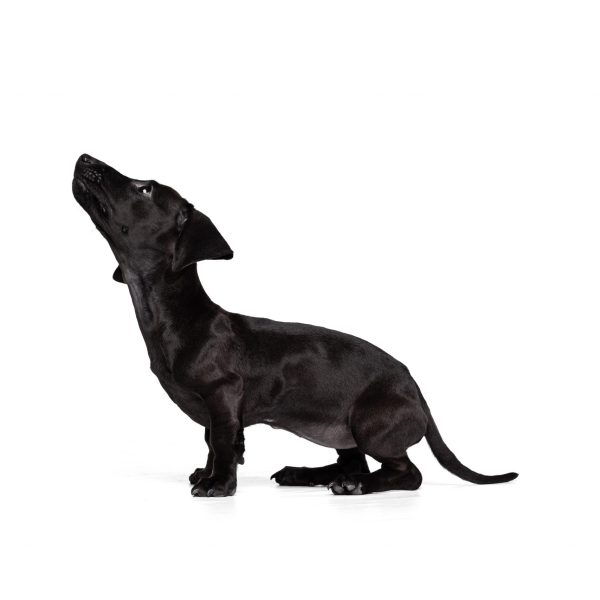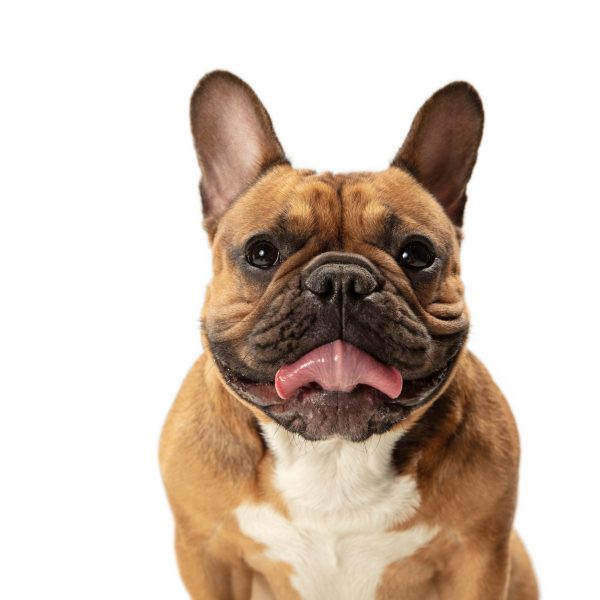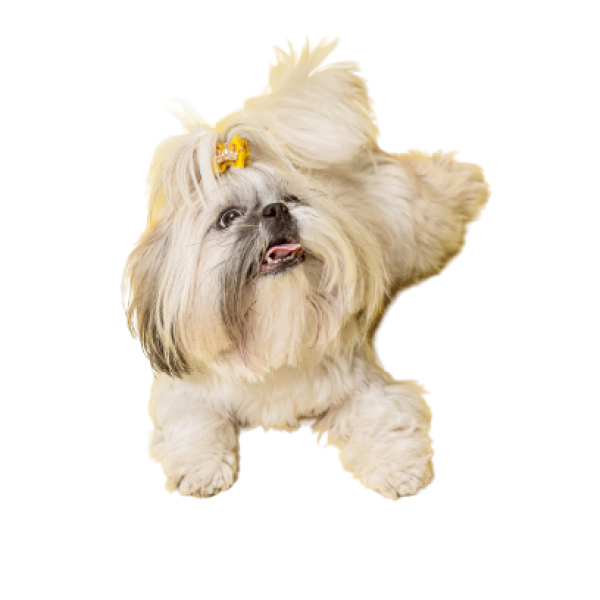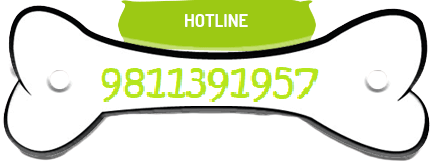Vital Stats
A Siberian Husky is a thickly covered sledge canine of medium size. His remarkable persistence was made to work in packs, pulling light loads at moderate speeds over gigantic frozen fields. The rich, medium-sized Siberian Husky’s almond-molded eyes can be either brown or blue, and on occasion one of each, and they convey a sharp yet charming and, shockingly, malicious enunciation. Siberians are known for their strong however apparently easy advances. Tipping the scales at something like 60 pounds, they are perceivably more unobtrusive and lighter than their imposing cousins, the Alaskan Malamute. As imagined pack canines, they value regular day to day existence and oversee everything well with various canines. The imposing’s characteristic pleasantness nature renders them unresponsive gatekeeper canines. These are vivacious canines who can’t abstain from seeking after little animals, so secure running room is an undeniable need. A charming part of the Huskies is that they are regularly great, with little puppy smell.
Dog Breed Group
Working Dogs
Height
20 to 23 inches tall
Weight
16 to 27 Kg
Life Span
12 to 15 years
